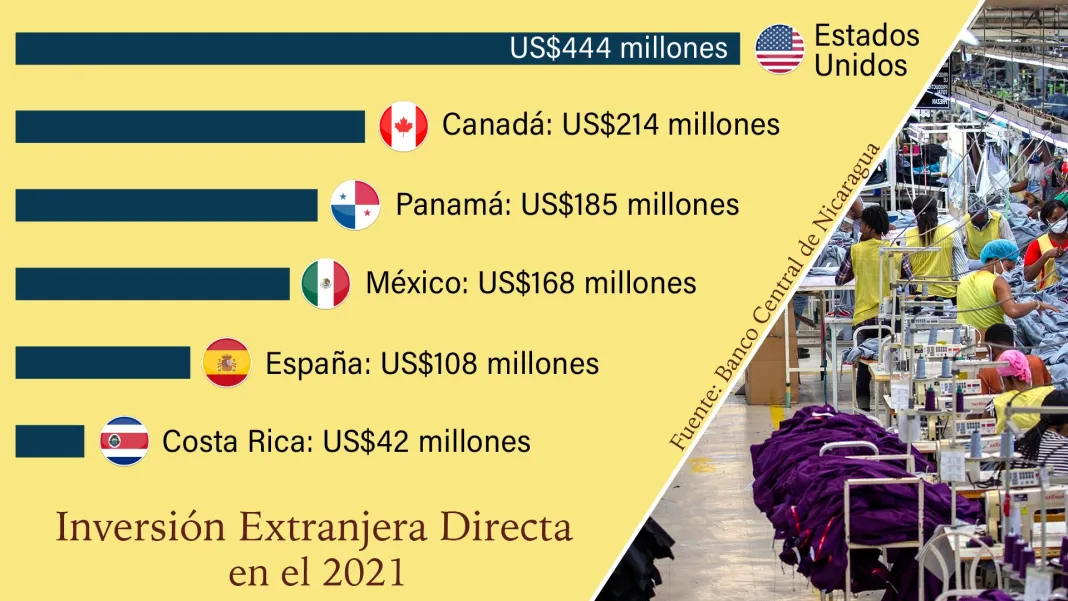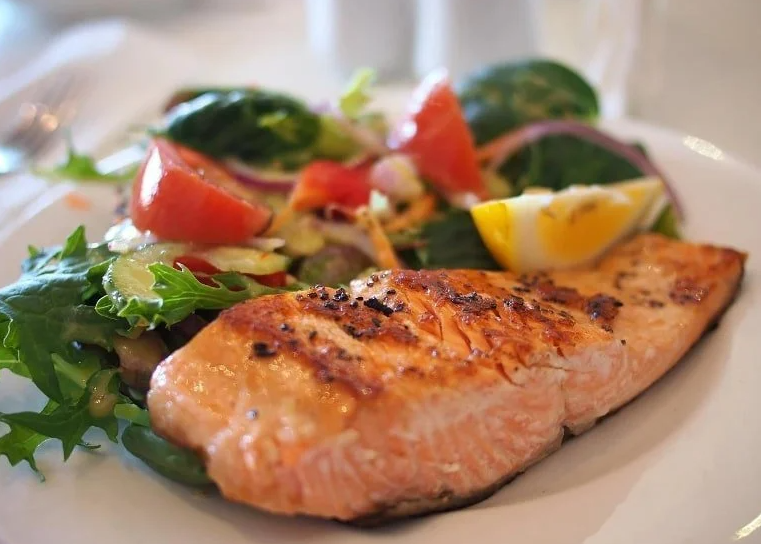A space bread that does not release crumbs. That is the challenge ahead of Hope Hersh, a young researcher at the University of Florida who seeks for astronauts to have the possibility of savoring fresh bread from the oven and thus be able to “ indulge themselves in their home on Earth.”
The “bread from space” that this young 27-year-old researcher and Ph.D. student at the Florida university is holding wants to join the menu currently accessed by astronauts while they are on space exploration trips, which includes, for example, tortillas, but in which it is rare that crispy loaves of bread appear.
And it is that where gravity causes the crumbs to remain on the table or on the floor, in the case of space the remains of bread remain floating, with the consequent risk that they end up embedded in the ship’s equipment and cause damage in the middle. of a trip.
“Making bread that does not leave crumbs will be a big step,” said Hersh, who was confident in the success of her project, one of 18 in the United States selected by NASA and the Canadian Space Agency in the Deep Space Food call. Challenge.
The young researcher has received a fund of $ 25,000 to continue developing a technology that will allow tasting steaming and nutritious bread with a view to the stars, a project whose cornerstone is a “plastic bag” that in the future can expand its possibilities to others bakery products.

THE BAG OF BREAD
The key element in this project is what Hersh calls a “special multipurpose bag” made of fluorinated ethylene propylene (FEP), which is used in blood donation processes, as it allows the entry of oxygen with which the blood is kept “alive”.
In the case of the space bread bags, resistant to extreme temperatures, their interior would contain the dry ingredients and they would be packaged on Earth.
Once in space, the astronauts would inject water into the wheat flour, yeast, and salt, knead the ingredients and leave the mixture ready so that the next day they would only have to put it in the oven or whatever energy source is in it. spaceships.
“By lunchtime, you would have slices of fresh bread,” Hersh said.
The young woman is aware that fresh food is a rare commodity beyond Earth’s orbit, one of the many aspects that she has learned as a result of this project in which she has invested not a little in researching and educating herself on “how things work in space “ and how to simplify life for astronauts.
“Astronauts have a busy schedule, each minute is set by NASA, so you want something simple and not occupying them,” he said.
Their bread, in addition to requiring a relatively easy cooking process, promises nutritional qualities. The “author” suggests “bio-fortified” yeast strains, which aid in the production of vitamin A, or edible algae within the bread.
Hersh notes that bio-fortified yeast strains produce chemicals called carotenoids, which add color to each loaf of bread.

WITH THE LOOK PUT IN THE SPACE
A space lover since she was little, this space bread initiative is Hersh’s way of knocking on the doors to work at NASA.
The young woman, who plans to complete her doctorate in Cellular and Plant Molecular Biology in 2022, does not hide her dreams of joining the ranks of the US aerospace agency to “contribute to the space community. “
“There is so much to learn about space, it is a perfect time,” said the researcher, who alluded to the plans for space exploration of the US government on the Moon and Mars.
NASA plans to send a manned mission to the Moon by 2025 as part of its Artemis program, which has a series of missions scheduled with its Space Launch Systems rocket and Orion capsule.
Orion aims to take astronauts to distances from Earth hitherto not reached by humanity.
“And I want to see the astronauts bake bread,” Hersh said.



















































































